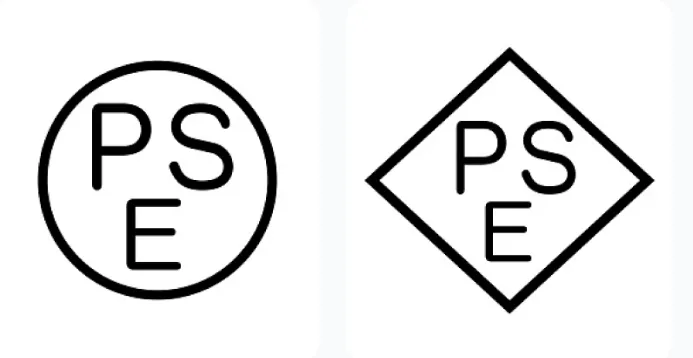
Which Products Require RoHS Testing?
ROHS Testing, referring to the Restriction of Hazardous Substances in Electrical and Electronic Equipment Directive, is a mandatory standard in the European Union. It aims to limit the use of hazardous substances in electrical and electronic products to protect human health and the environment. rohs testing covers a wide range of product categories.
Below are the main products requiring RoHS testing:
1. Large Household Appliances:
Includes refrigerators, washing machines, MICrowave ovens, air conditioners, and electric water heaters.
2. Small Household Appliances:
Such as vacuum cleaners, irons, coffee machines, electric toothbrushes, hair dryers, and electric shavers. Despite their smaller size, these products must also comply with RoHS requirements.
3. Information Technology and Telecommunications Equipment:
Includes computers, laptops, servers, printers, fax machines, mobile phones, and routers.
4. Consumer Electronics:
Examples include televisions, sound systems, digital cameras, video game consoles, MP3 players, and DVD players.
5. Lighting Equipment:
Covers lighting fixtures (e.g., LED lamps), light bULbs (e.g., incandescent and fluorescent bulbs), and other lighting devices. The safety of these materials directly impacts users’ visual health and indoor environmental quality.
6. Electrical Tools:
Such as electric drills, saws, screwdrivers, and sanders.
7. Toys, Entertainment, and Sports Equipment:
Includes electric toys, video game controllers, and sports equipment like treadmills. Since these products are closely related to the lives of children and teenagers, their material safety is especially crucial.
8. Vending Machines:
Includes various vending machines and beverage vending machines, which are widely present in public spaces. Ensuring the safety of their materials is critical for public health.
Other products requiring RoHS testing include automotive electronics (e.g., car circuit boards and in-vehicle entertainment systems) and certain medical devices (excluding all implantable and infection control equipment).
Hazardous Substances Tested in RoHS:
RoHS testing primarily screens for the following hazardous substances:
- Lead (Pb)
- Mercury (Hg)
- Cadmium (Cd)
- Hexavalent Chromium (Cr6+)
- Polybrominated Biphenyls (PBB)
- Polybrominated Diphenyl Ethers (PBDE)
- Certain Phthalates (e.g., DEHP, BBP, DBP, and DIBP)
These substances are strictly limited in electronic and electrical equipment, with maximum allowable concentrations typically set at 0.1% (0.01% for cadmium).
ROHS certification Process:
The RoHS certification process generally includes the following steps:
1. Product Identification
2. Substance testing
3. Compilation of Test Reports
4. Preparation of Technical Documents
5. Labeling and Market Launch
Manufacturers must ensure their products comply with RoHS directives to avoid economic losses or barriers to market entry due to non-compliance.
About JJR Laboratory in China:
JJR Laboratory is an IEC 17025 accREDited laboratory with a skilled technical team and comprehensive testing facilities. It provides complete RoHS testing solutions for food contact materials, ensuring accurate and reliable test data. The test reports are internationally recognized, helping clients manage risks, meet market requirements, and achieve global market access.
Email:hello@jjrlab.com
Write your message here and send it to us
 What is Amazon TIC and How Can Sellers Achieve Com
What is Amazon TIC and How Can Sellers Achieve Com
 2026 Battery UN38.3 Certification (Test Report) &a
2026 Battery UN38.3 Certification (Test Report) &a
 What is the IEC 62680 Standard? Compliance Interpr
What is the IEC 62680 Standard? Compliance Interpr
 Amazon Japan December Compliance Requirements
Amazon Japan December Compliance Requirements
 How to Check a CPSC-Accepted Laboratory?
How to Check a CPSC-Accepted Laboratory?
 WEEE Registration for Waste Electrical &Electr
WEEE Registration for Waste Electrical &Electr
 MSDS Chemical Safety Testing
MSDS Chemical Safety Testing
 What Are the Differences Between UK REACH and EU R
What Are the Differences Between UK REACH and EU R
Leave us a message
24-hour online customer service at any time to respond, so that you worry!




